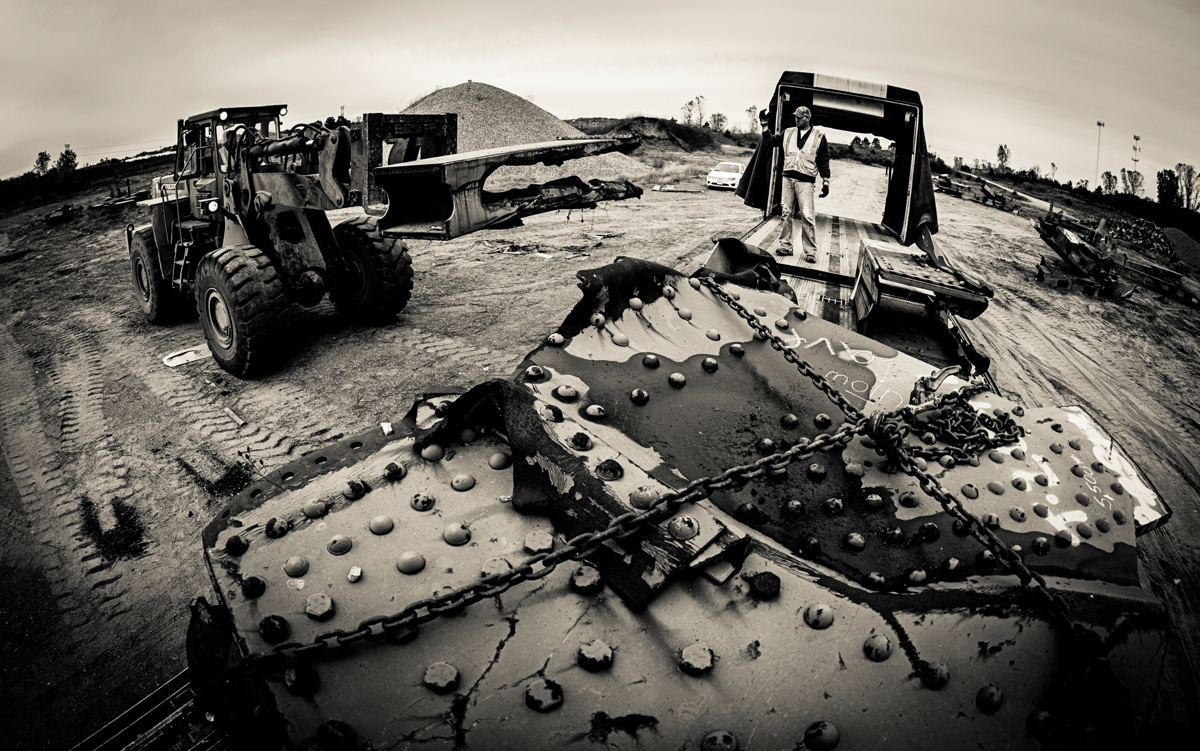“Tell Me More” is an occasional series from the Newsroom where St. Thomas faculty experts tackle topical questions in their area of study in two minutes or less. The answers may be presented in written, audio or video form, but they will all have one thing in common: You’ll click away smarter than you were 120 seconds ago.
In this edition of Tell Me More, engineering assistant professor Katherine Acton discusses the many factors that went into the I35W bridge collapsing 10 years ago, an event she discusses regularly with her engineering students. Three pieces of the bridge have been kept at St. Thomas since 2013; they are a reminder to engineering faculty and students of the importance of the lessons learned from the disaster.
The following is a transcript of an interview with Acton, which has been shortened and edited for clarity.
The I35 bridge collapsed for a number of reasons, and the story of it is actually fairly complex. A lot of people like to give a simple answer, which is that the gusset plates failed, and that is true, the gusset plates were under-designed in the 1960s, but to pin it on that simple mistake misses a lot of other factors. The bridge stood for 40 years and during that time a lot of things happened: More loads were added to the bridge; the loads on the bridge due to weight limits were increased; and the bridge needed to be maintained, as all bridges do. There were many aspects to the failure.
Another problem with the bridge is that it lacked structural redundancy, so there weren’t a lot of load paths to maintain the integrity of the bridge if certain load paths failed. … That was recognized as a problem and that made the bridge more vulnerable.
There were also construction loads on the bridge that day, they had parked sand and gravel on the bridge … It turns out, and I teach this in my classes, that the location of those trucks and loads was actually in the exact wrong place. There are better and worse places in any structure to put a large load and it happened that was a particularly poor place for those loads to be.
Another factor globally speaking is that as a society we have a real reluctance to put money into maintaining structures. It’s easy to do ribbon ceremonies and you get a lot of political capitol from doing that; it’s much less popular to say we’re going to shut down a major road that a lot of people use to commute to work every day, and it’s going to cost a lot of money. ... You have to think of the public policy and the choices that were made. That reflects on us a bit as society and as voters, that we need to support maintenance as part of caretaking our infrastructure.
I try to talk about all these factors in my classes … because I like for our students to have a sense of the technical engineering aspects that failed right here in our backyard, but to also give them a more well-rounded perspective about other aspects of the bridge aspect.
It’s important also to know that we’re teaching the lessons of the I35 bridge and all these aspects of the failure to make sure something good comes out of this tragedy.







